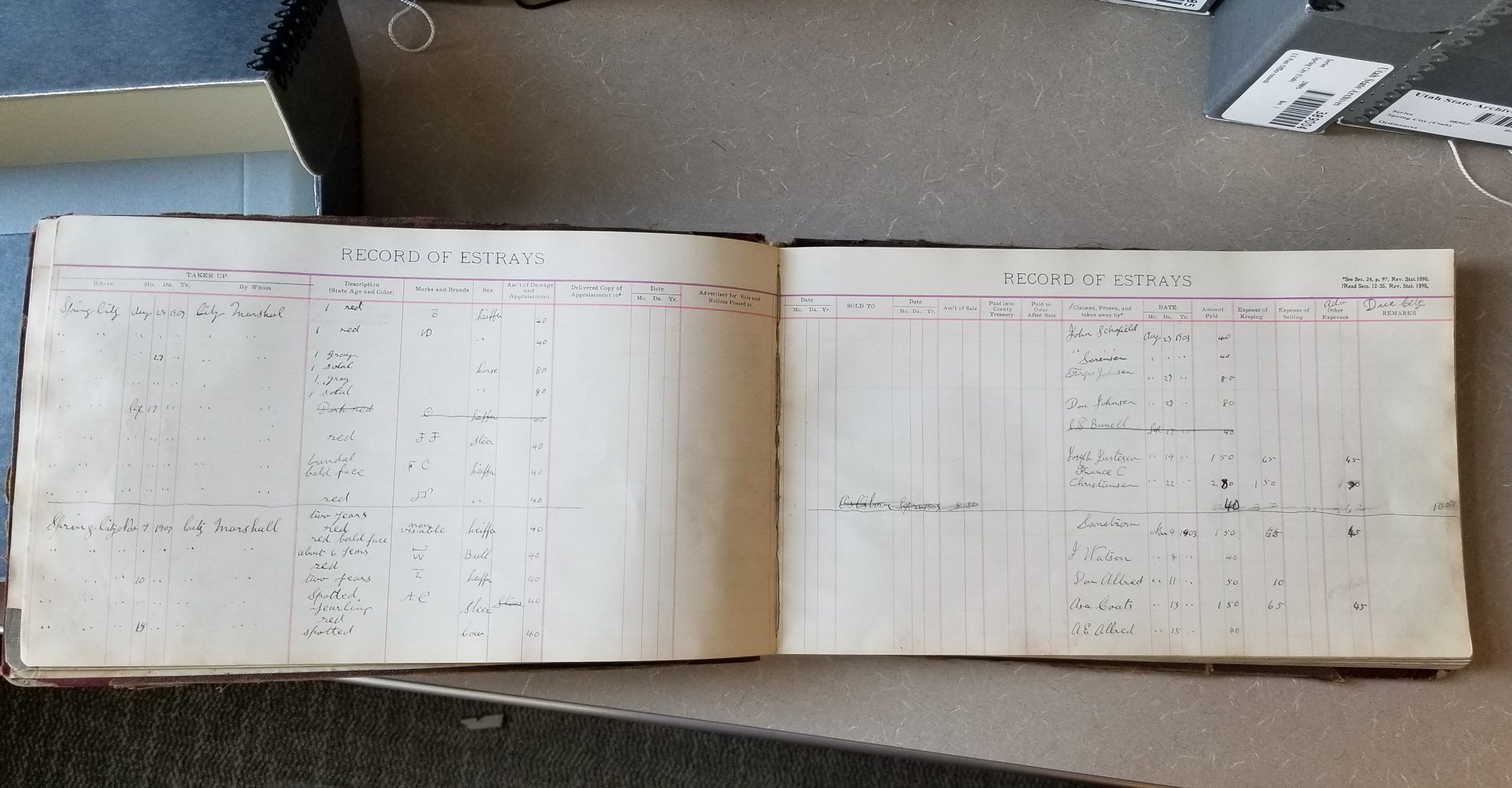
Connecting the Dots: A Look at How State and Local Processes Interact
An 1851 law passed by the territorial legislature required that the state government keep a “fair and faithful record of all marks and brands” indicating ownership of livestock. These brand books recorded the mark or shape of the brand, whether the brand was located on the livestock’s body or on their ear, the name of the person applying for the brand, and the date the brand was registered. The purpose of these records was to assist in identifying stray animals, prevent the duplication of brand marks between different owners, and, as laws regarding livestock evolved and expanded, assist the State Department of Agriculture inspection processes meant to monitor the presence of disease, and regulate the transportation and slaughter of livestock.
The Utah State Archives has in its collection brand books dating back to 1874. This 1874 volume, the earliest extant copy of the brand books, is a cumulative collection of brands registered with the state and territory back to 1851 and the beginning of the registration process. These records are also available in our digital archive.
The law also stated that, “It shall be the duty of the general recorder to furnish printed copies of all marks and brands to county clerks.” Brand books were thus distributed locally for the purpose of county officials to track brands within their area.
In processing records transferred to the Utah State Archives by Spring City in May 2019, we came across a Record of Estrays. This ledger, which accounts for animals found or recovered by the city from places they didn’t belong, is a local connection to the state’s brand tracking process.
The Record of Estrays was kept by the city marshall and city recorder, and includes descriptions of the animals found, depictions of any brands or markings on the animal, a record of any damage caused by the animal and the appraisal thereof, notes about who claimed the animal and when, and the expense charged for the animal’s care while in the custody of the city. Most of the animals in this record are horses and cows, but there is also the occasional sheep.
When recording information on the estray animal, the city marshall drew the brand or mark he found on its body or ear. With this information, he could check against the brand books furnished locally by the state to determine, if possible, the owner of the animal. If he could match the brand with the owner’s name, he could contact the owner for notification and retrieval.
Here we see an image of a page from the Record of Estrays from 1908. In the middle of the page is a column labeled Marks or Brands. In this column, the marshall drew the brand he found on the animal’s body.
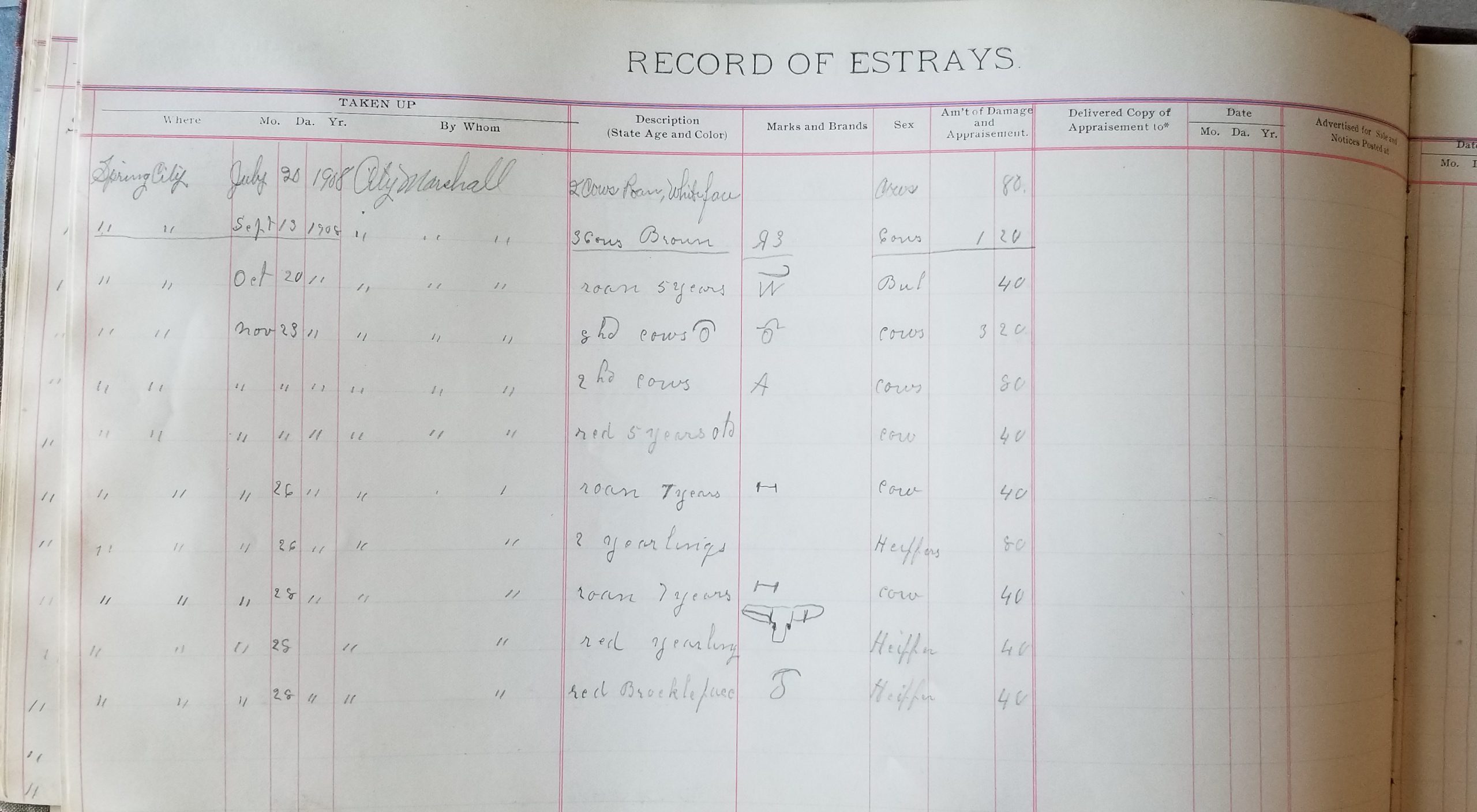
We can follow the marshall’s process ourselves. Below are a set of images from two different pages of the state’s Division of Animal Industry Brand Books. The red arrows point to two of the brands that match those found in Spring City’s record. The state’s Brand Books tell us that the owners of these two found animals are William Osborne and C. A. Hyde.
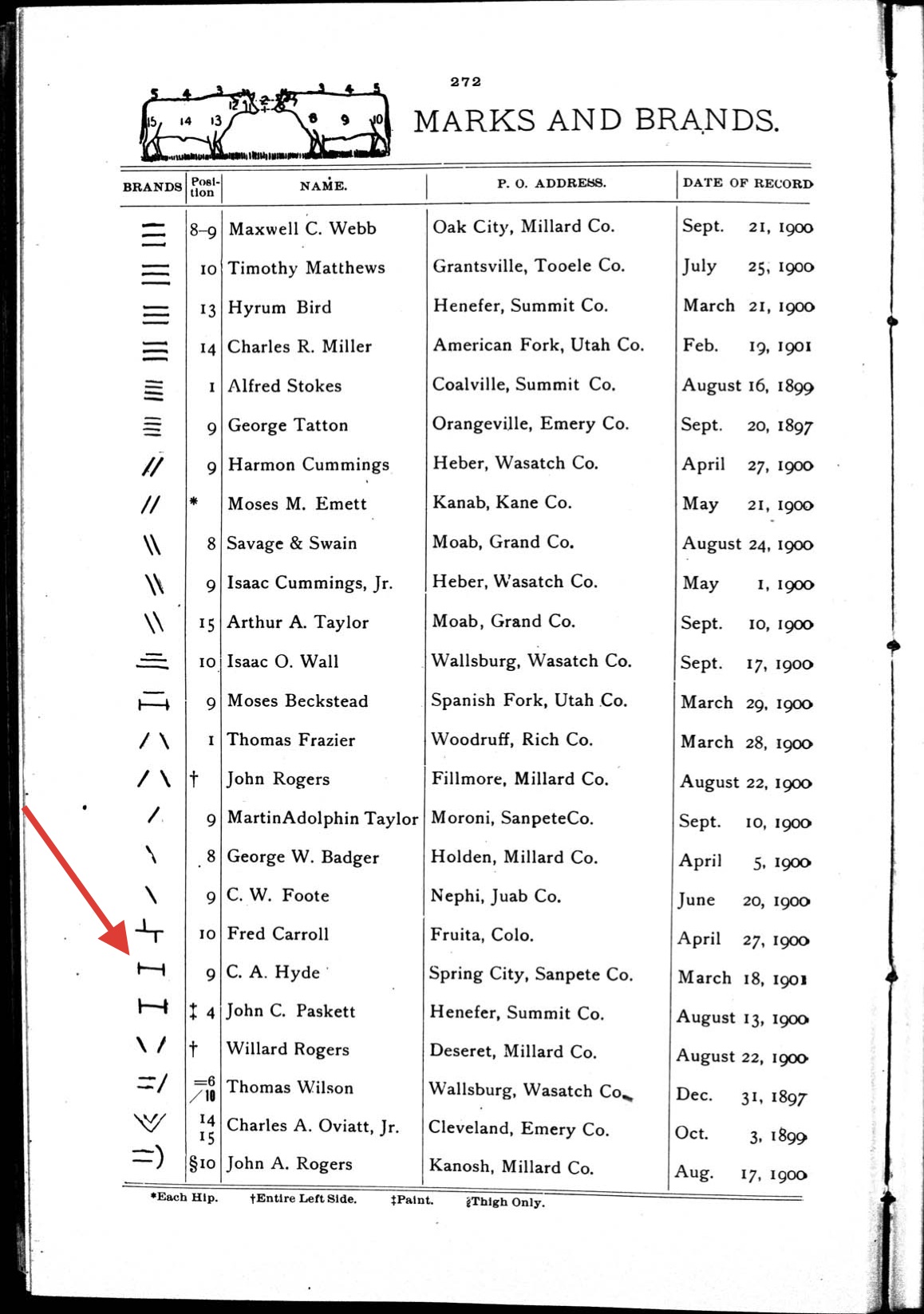
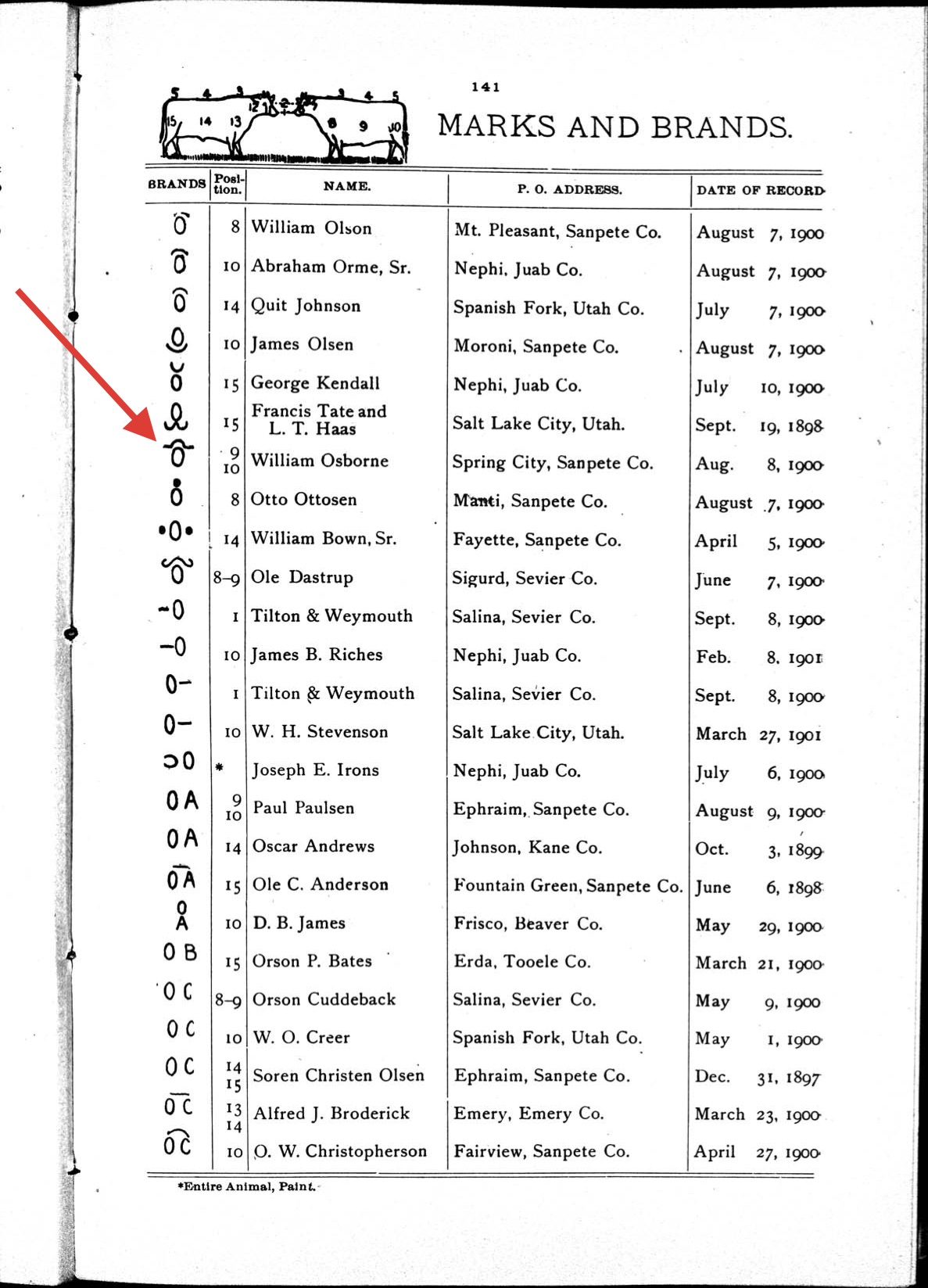
Presumably, after finding this information, the marshall would have contacted Osborne and Hyde to let them know that their animals had been found and were being held by the city. Indeed, we can confirm this if we look at the following page of Spring City’s record. The animals were claimed by a Ros. Osborne and a C. Hyde. Osborne’s cow, picked up by the city on November 23, 1908 was claimed the same day. Hyde’s cow, picked up a couple days later on November 28, 1908, was also claimed the same day it was found.
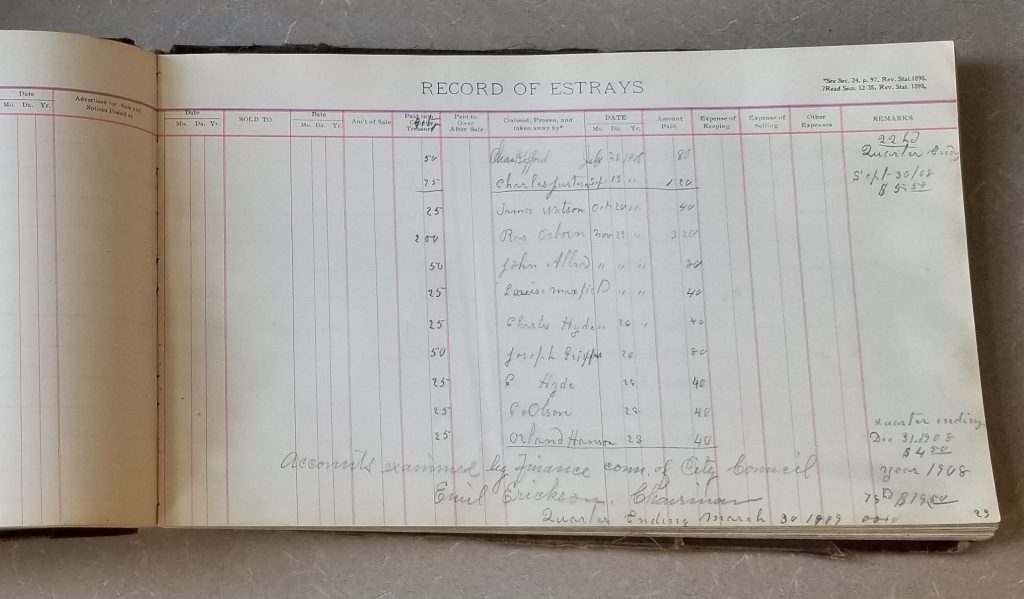
You never know what you’ll find in the records at the Utah State Archives, and what connections can be made throughout our holdings!
Recent Posts
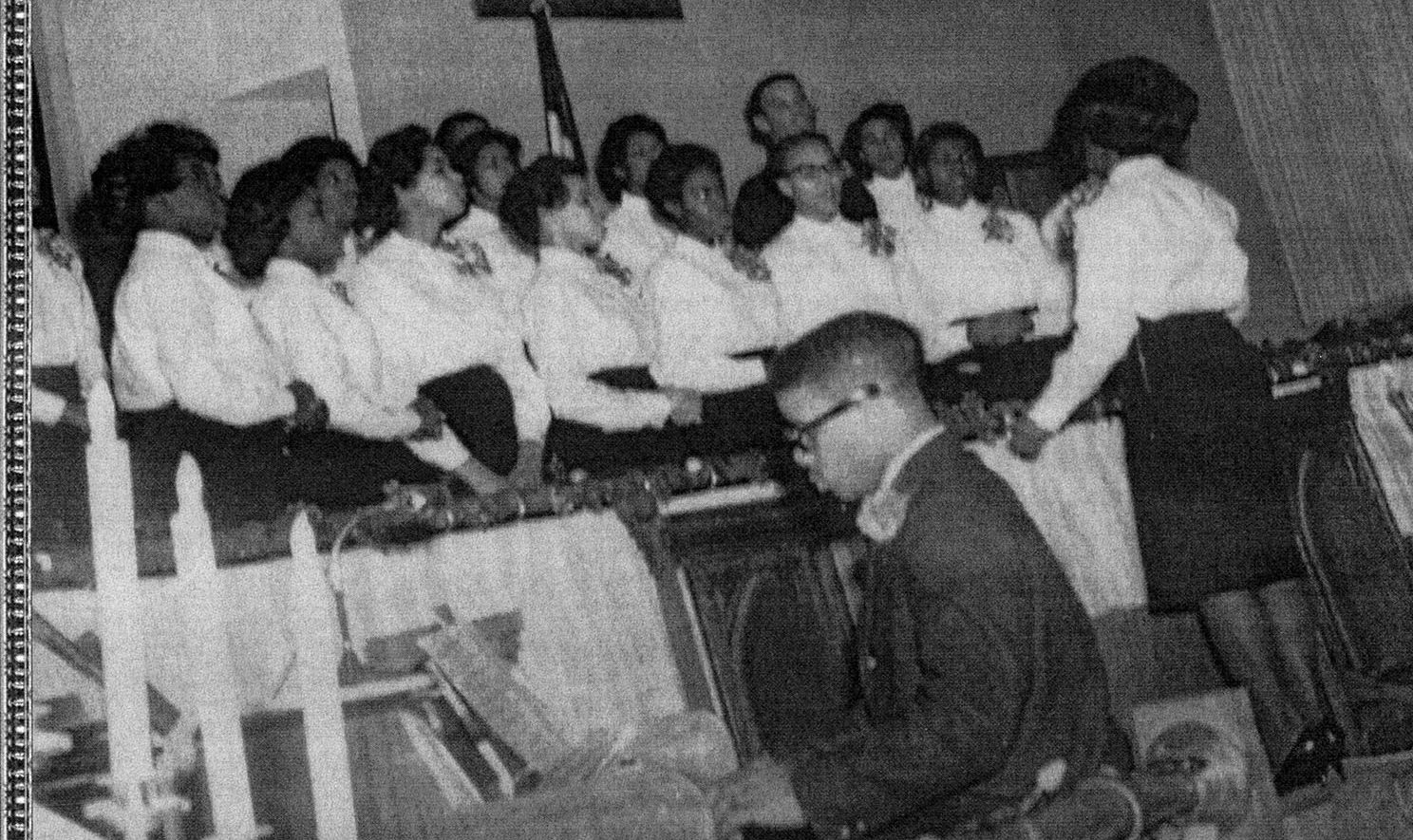
From Pews to Pixels: Weber State’s Stewart Library Digitizes New Zion Baptist Church’s Legacy
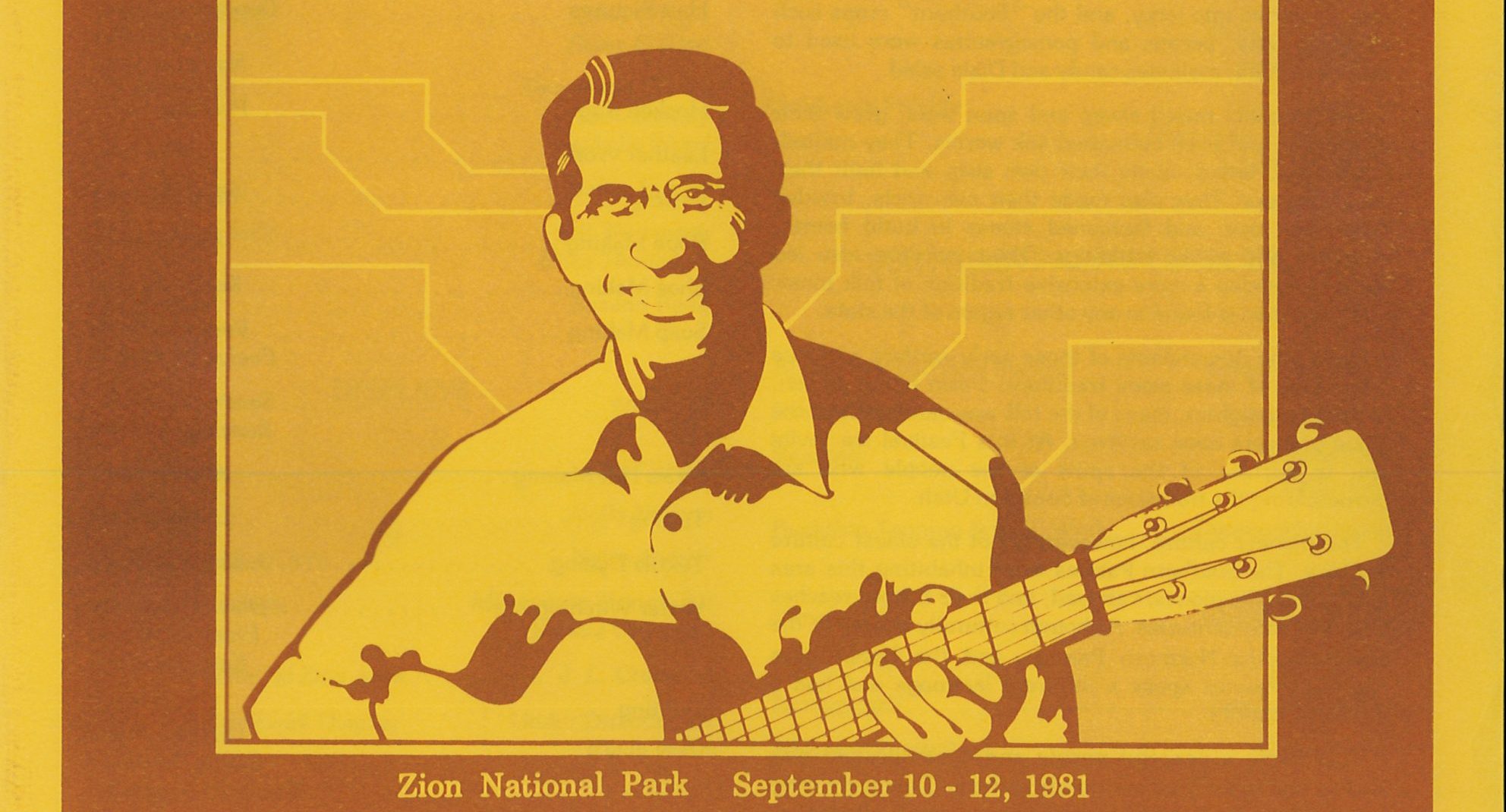
New Finding Aids at the Archives: March 2024
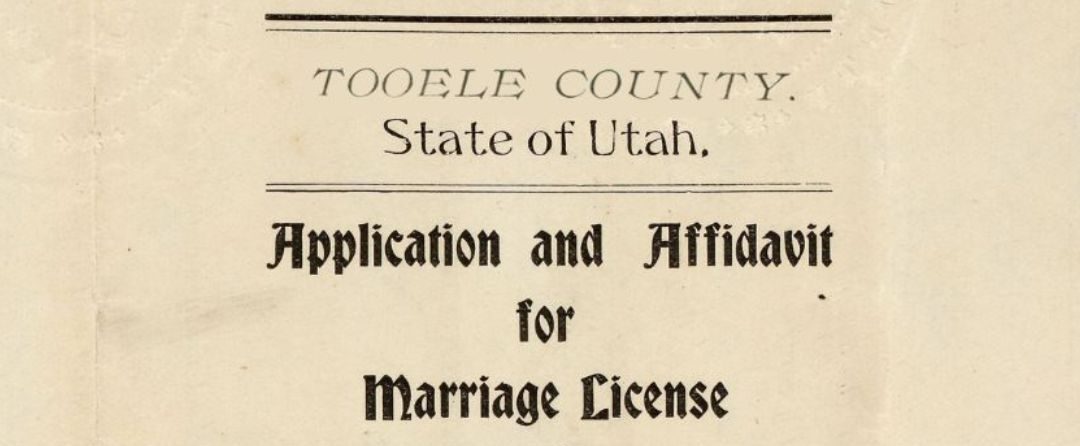
Sealing the Deal: Tooele County Clerk’s Office Unlocks the Vault with Historic Marriage Records
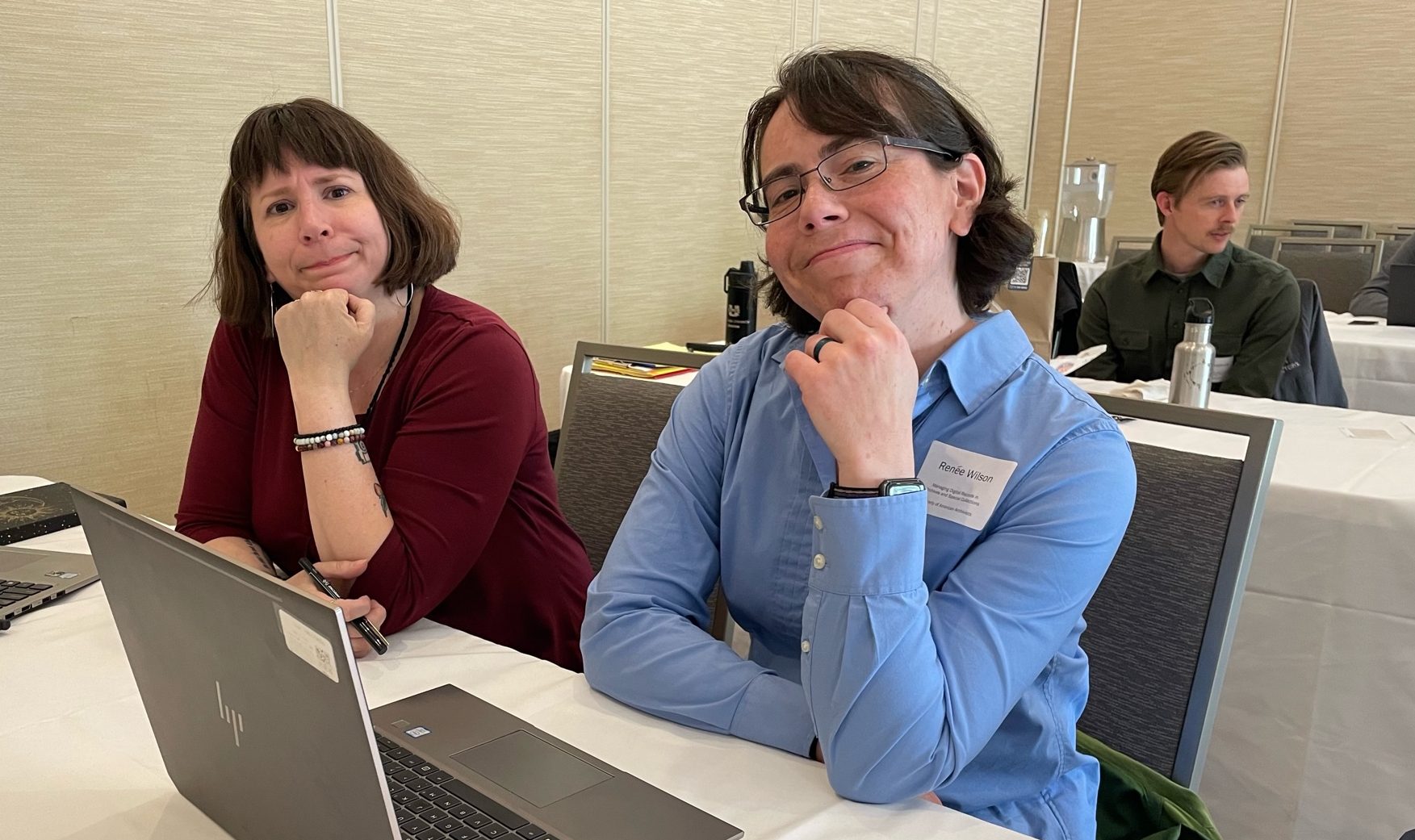
Summer 2024 Internships
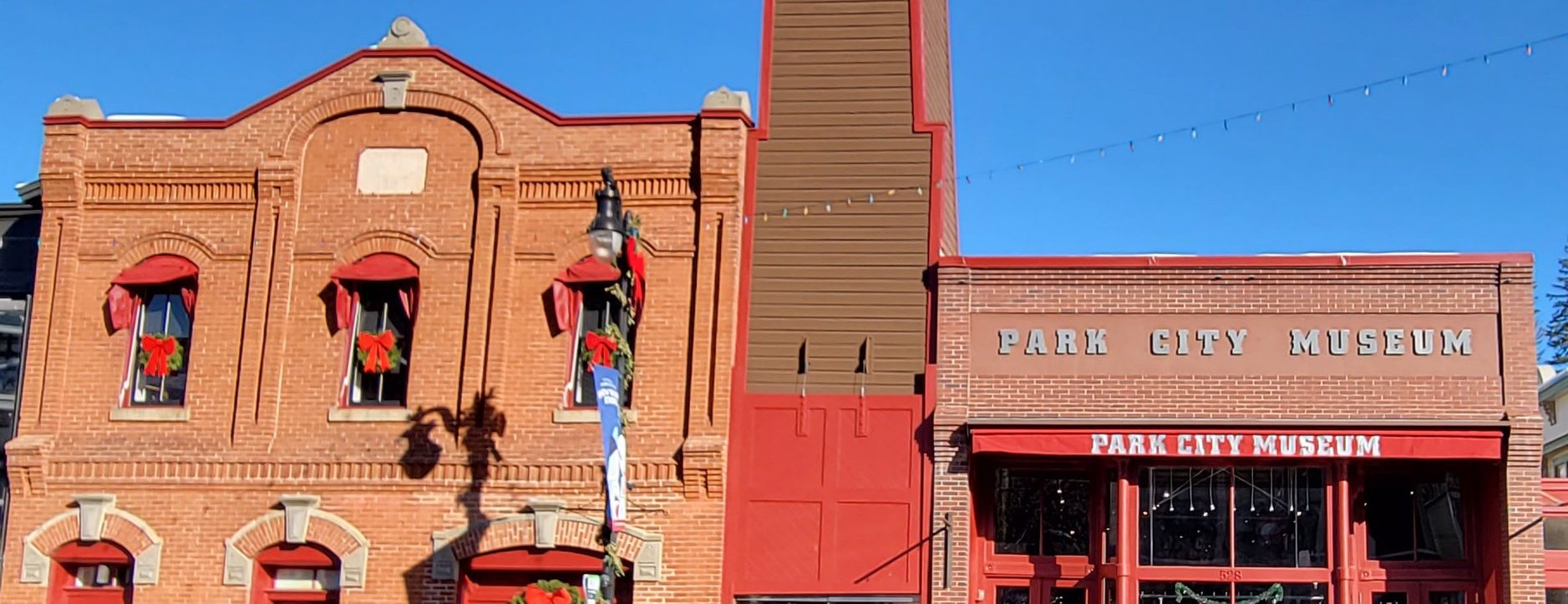
Developing History: Park City Museum’s Snapshot into the Past
Authors
Categories
- Digital Archives/
- Electronic Records/
- Finding Aids/
- General Retention Schedules/
- GRAMA/
- Guidelines/
- History/
- Legislative Updates/
- News and Events/
- Open Government/
- Records Access/
- Records Management/
- Records Officer Spotlights/
- Research/
- Research Guides/
- State Records Committee/
- Training/
- Uncategorized/
- Utah State Historical Records Advisory Board/